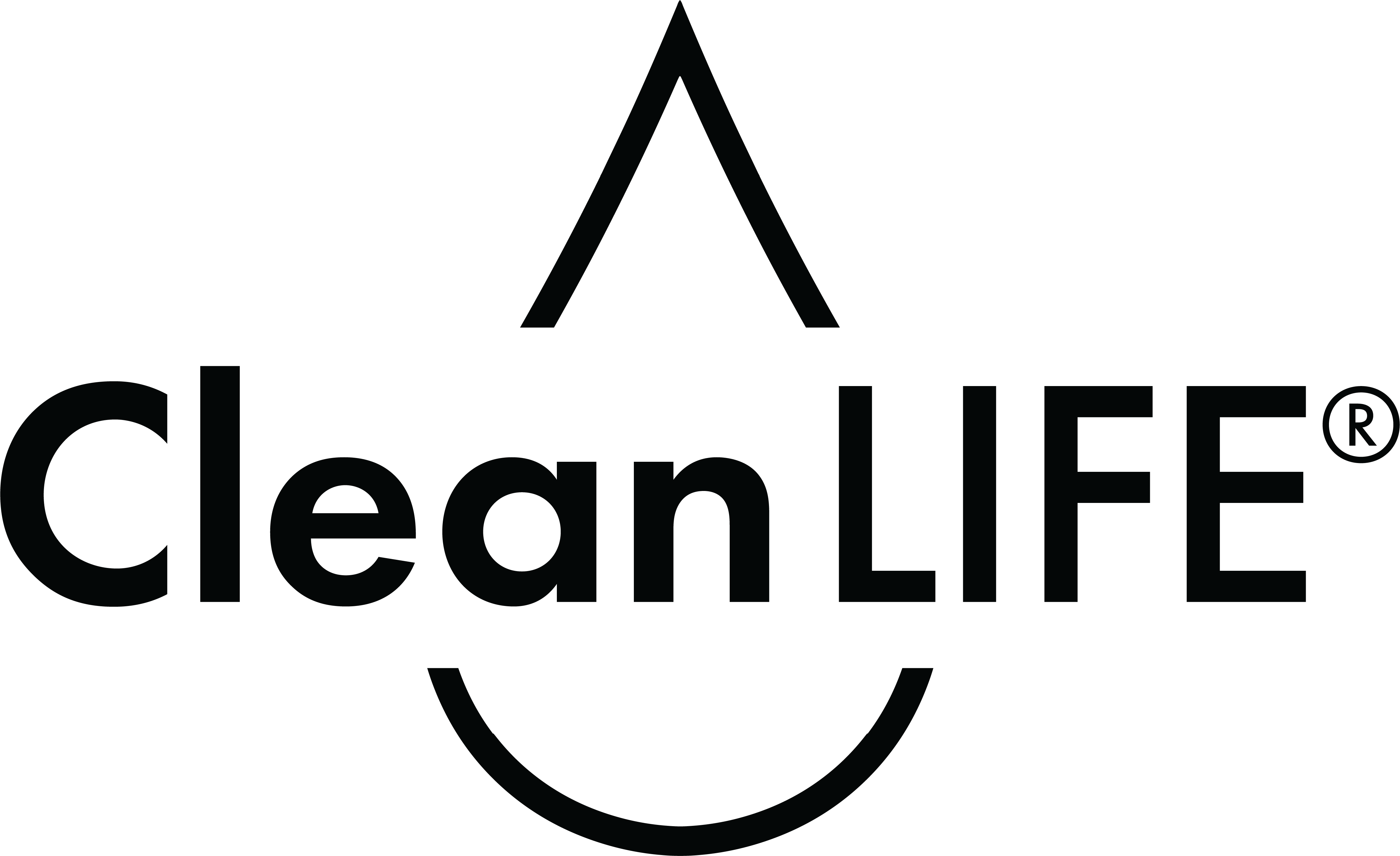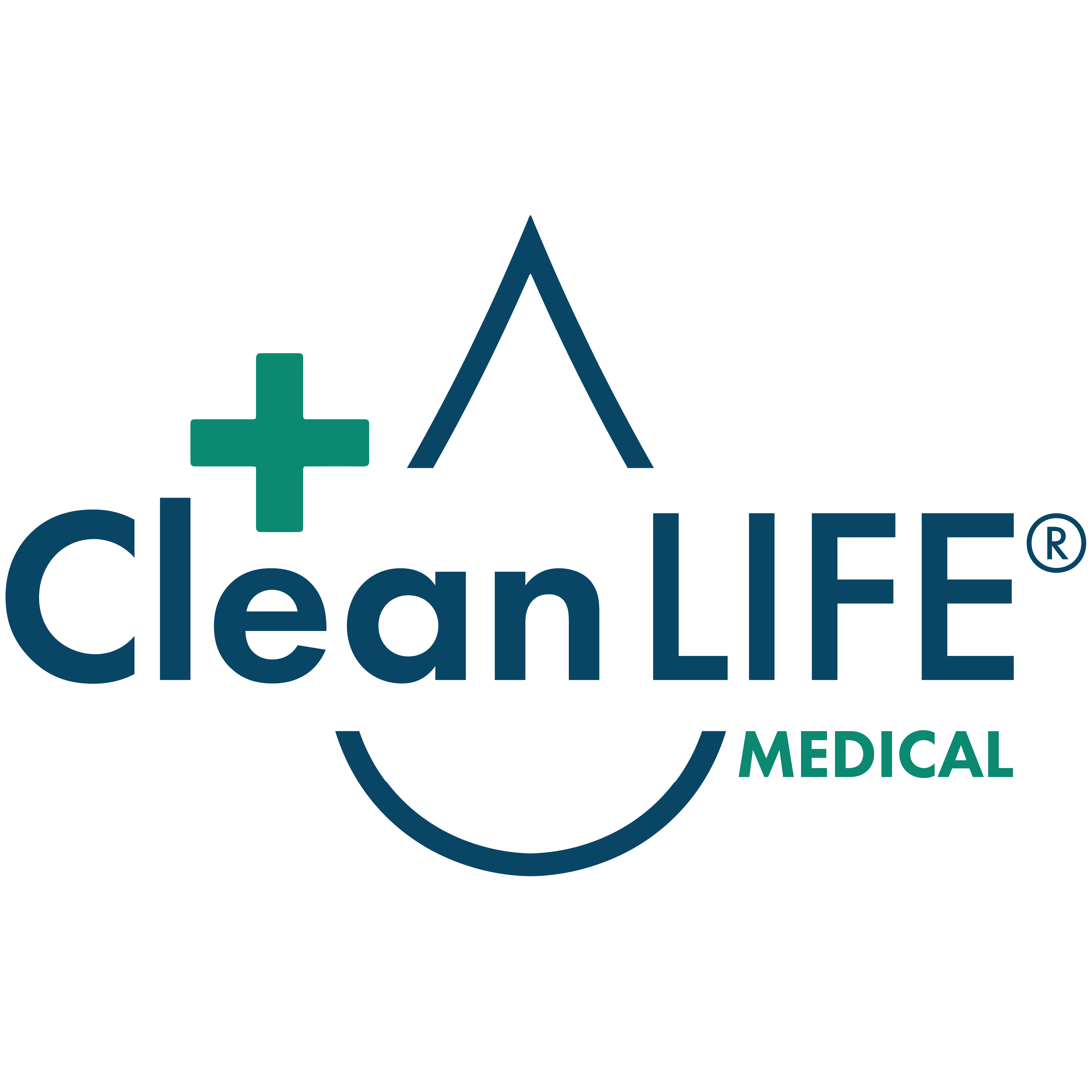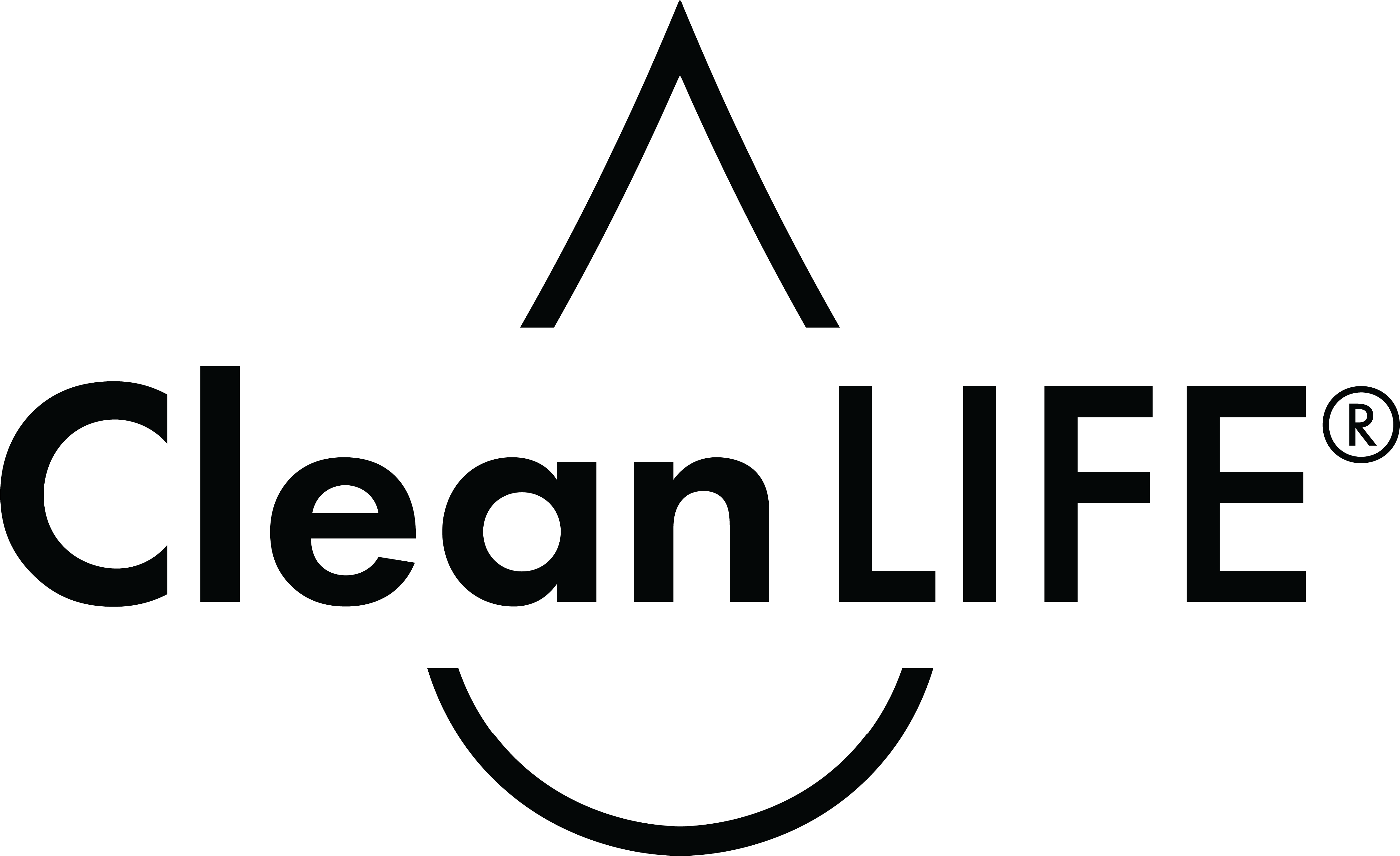With the next phase of negotiations for a Global Plastics Treaty commencing this week in Paris, attendees from around the globe will be hoping to find binding solutions for plastic pollution.
Hitting the news headlines has been the big numbers – 8.3 billion tonnes of plastic produced, less than 10% currently recycled, and 40% of plastic waste is from packaging.
The UN Environment Program released a new report in advance of the Global Plastic Treaty: Turning off the tap outlines that we cannot attempt to recycle our way out of this plastic pollution. There are a whole lot of changes that must occur, including government engagement and changes from industry and consumers.
Key steps as part of this plan:
- Governments must increase their direct support in promoting reuse options such as refillable bottles, bulk dispensers, deposit return schemes, and packaging take-back schemes – a shift said to achieve a 30% reduction in plastic pollution by 2040.
- Accelerating the market for plastics recycling. Measures such as removing subsidies for fossil fuels and enforcing design-for-recycling guidelines are estimated to increase the share of economically recyclable plastics from 21% to 50%. There are current challenges around shifting from expensive mechanical to chemical recycling. Also, there are concerns about the high carbon footprint of this process and if it can work at scale. Additionally, The Guardian reported recently on a new study that shows that despite the plastics industry promoting recycling as a critical solution to the growing problem of plastic waste, recycling itself could be releasing vast quantities of microplastics.
- Reorient and diversify the market for sustainable and safe plastic-free alternatives. The waste management hierarchy below shows the priority actions to lessen the waste problem (particularly relevant to single-use plastics). The top priority, demanding the most significant investment, is prevention and reduction through the redesign of products. Take our plastic-free wet wipes as a perfect example.

We must reduce our reliance on plastics and shift from linear systems to more circular or regenerative approaches. The first step should be to question the necessity of plastic at any stage from design, production, systems, use, recovery and disposal for products and packaging.
While there will be products and packaging that cannot be circular, we need to ensure the safe disposal and deal with legacy plastic already on our shores—and always be mindful of good intentions that may worsen the problem.



